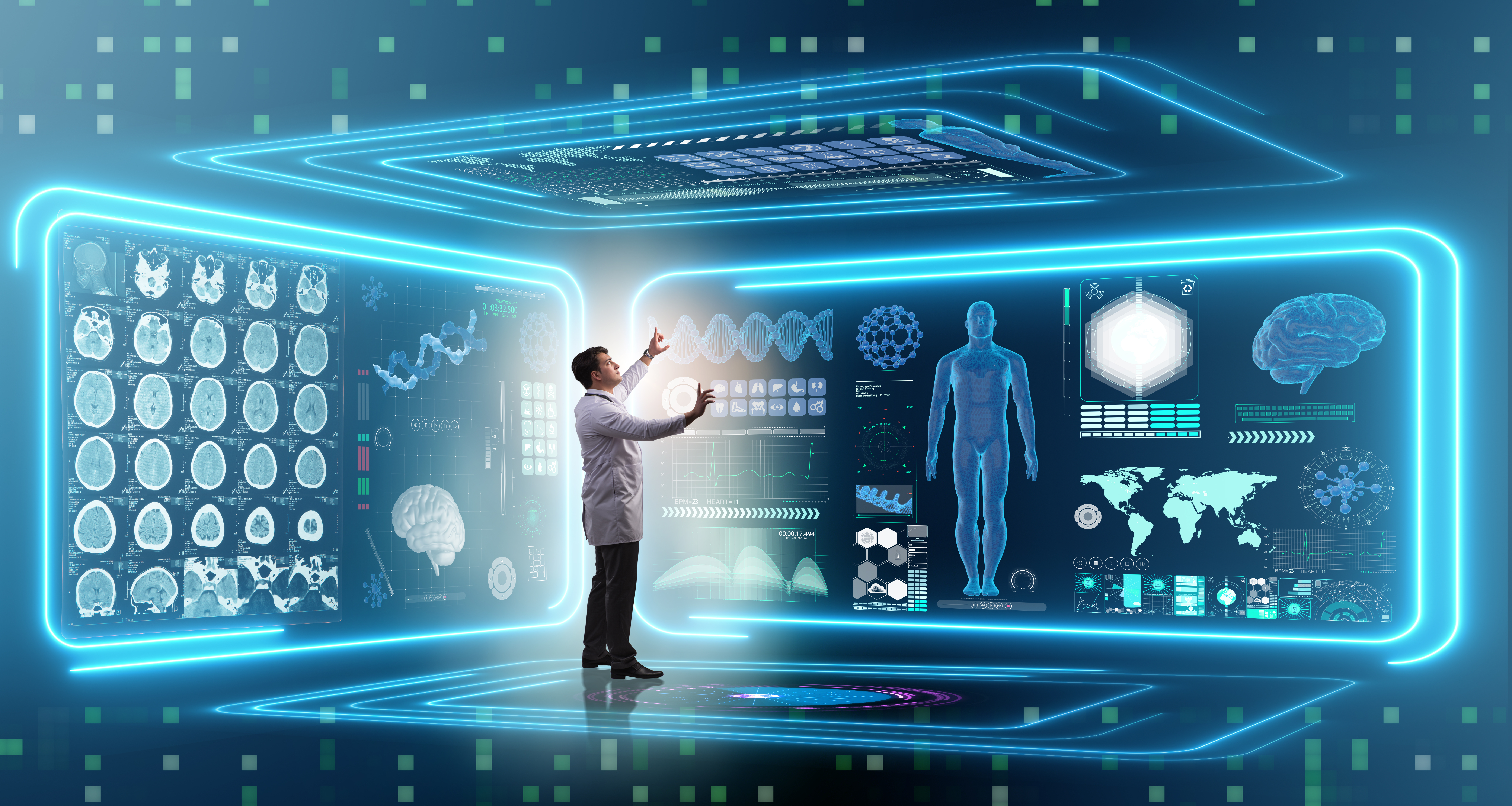“AI will not replace radiologists. But radiologists who use AI will replace radiologists who don’t.”

Torbjörn Kronander, CEO and President of Sectra
This quote from Curt Langlotz at Stanford is fantastic and sums up the situation the healthcare sector is facing. I was in Silicon Valley last autumn, because Sectra is in the middle of implementing a PACS for Stanford, and one of the people I met was Curt Langlotz. Once again, I was reminded of the enormous change that all of society, and especially the medical field, is facing. In Silicon Valley these days, you can see self-driving cars on every other street corner (literally). During the week I was there, Google was given permission to operate driverless vehicles in public traffic within a limited area in and around Palo Alto. Before long, there will be start-ups based on AI/machine learning in every field. This is certainly true within medicine, especially within imaging diagnostics.
If you ask me, this is a good thing. A practicing physician today has no chance of keeping up with latest best practice. They say it often takes up to 20 years before a major new advance reaches “the floor” in every hospital. Naturally, this leads to significant differences in outcome between hospitals, which are not all equally quick to implement new methods. Above all, it becomes a problem in terms of the quality and efficiency of care.
The way for this to change is for every physician to have access to all medical knowledge from their desktop. In many cases, this also applies to patients themselves from their own homes.
What will happen then? One natural consequence is that physician training will also need to change. Computers will have more information than physicians themselves, and this will change their competence requirements. It is noteworthy that a doctor today can finish their pre-med studies with no more knowledge of IT than a high school graduate. Physicians of the future will work with IT much more than physicians today. In many countries, we can already see that medical training is changing, something we will also need to do in Sweden. And to use the best tools available—and know when not to use them—you need knowledge. In the future, computers will still lack “intuition”, and patient interaction will be critical for quality of care, just as it always has been. Another important factor for doctors of the future will be the ability to assess which of the promises companies make about AI are reasonable and which are not. The ability to understand what can go wrong and where the risks lie with new technology will also be important, since there will still be risks associated with tomorrow’s tools, especially if they are used incorrectly or in the wrong context.
The other, potentially major, change is that the entire healthcare structure might need to be re-evaluated. Why should we have secondary and tertiary healthcare—for example, for diagnostics—if primary care physicians have the same access to specialized knowledge as experts at university hospitals? We will continue to need expensive, centrally located equipment (CT, MRIs, etc.), but in many cases—for example, within internal medicine—diagnostics will require a number of tests that can be recommended to the primary care physician by a computer and be carried out directly at the local health center. This could reduce the need for certain highly specialized university clinics, even for exceptionally unusual illnesses that are currently always diagnosed by secondary or tertiary specialists. Prescriptions for significantly more advanced treatments could be written immediately by the primary care provider, instead of at university clinics as they are today. How will this affect the entire healthcare hierarchy in the future?
But patients will also have access to AI from home—perhaps through an organization or a company with primary interests other than the patient’s well-being. How should care be managed when AI systems disagree with each other?
Even if diagnostics will likely be the most affected field, AI/ML will also have a major impact on therapy. When it comes to pharmaceutical treatment, dietary advice, etc., primary care physicians will potentially be able to prescribe much more than they can today. As for surgical procedures, in most cases it will take longer time before we see widespread use of AI. Although we already see robots in operating theaters today, they are not autonomous and they are rarely controlled by AI/ML, but instead perform complicated tasks that have been “pre-programmed” by the surgeon.
It seems inevitable that the role of the physician and the entire healthcare structure will be fundamentally affected by AI. This is something that few healthcare decision makers and officials—and few within the medical profession itself, for that matter—seem to realize yet. Considering the long lead times we have today when it comes to implementing major changes in the healthcare sector, it might already be time to start planning for this new world. When you realize what is coming, you have a much better chance of making sure those changes are positive.
In conclusion: New technology within AI/ML will provide major opportunities for better, more efficient healthcare with improved equality. A fundamental change in perspectives about how the healthcare sector is organized and run is likely necessary for us to take advantage of these improvements. In addition, medical training will need to change—for all professionals in health care—and further training will be required for a large number of medical professionals.
For us medtech suppliers, new technology represents both opportunities and threats. New players will turn up and old ones will be obsoleted. To borrow the quote I shared earlier:
“AI will not replace medtech suppliers. But medtech suppliers who use AI will replace ones that do not.”
This article was originally published in Swedish in MedTech Magazine: AI inom vården – vad händer nu?
